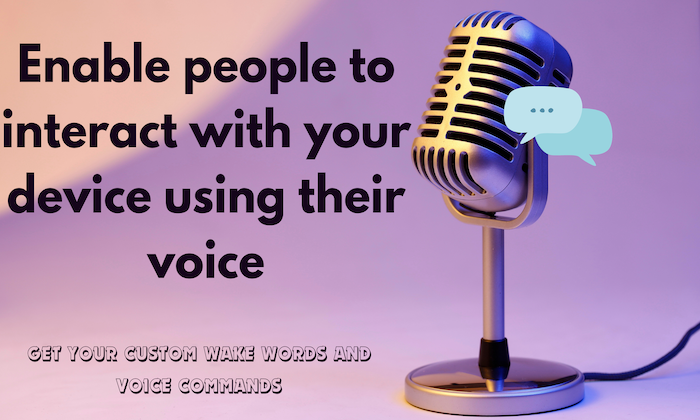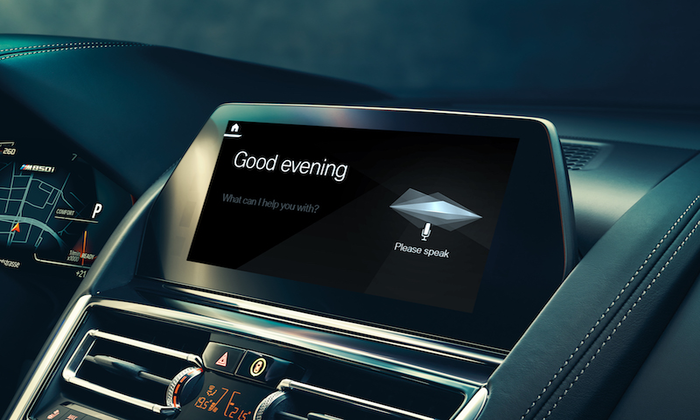Can voice commands be used in wearable devices?
Voice Control
Wearable Tech
Hands-Free Interaction
TL;DR
- Yes, voice commands can be seamlessly integrated into wearable devices
- FutureBeeAI provides high-quality OTS and custom datasets to power these systems
- Key benefits include hands-free control, enhanced accessibility, and real-time interaction across smart ecosystems
Hands-Free Control: From Wake Words to Full Commands
Wearables are becoming more intuitive through voice interaction. Wake words and voice commands allow users to control functionality without physical input, transforming how users interact with devices during activities like workouts, navigation, and multitasking.
FutureBeeAI’s Contribution
Our Off-the-Shelf and Custom Wake Word & Command Speech Datasets, enabled through the YUGO platform, provide multilingual, well-annotated audio data across more than one hundred languages. All datasets are delivered in high-quality WAV and structured JSON formats, ready for model training and deployment.
Why Voice Commands Matter in Wearable Technology
- Enhanced User Experience: Voice commands simplify interactions. For example, changing a playlist mid-run or logging a workout becomes frictionless and intuitive.
- Accessibility
- Voice input supports inclusive design by enabling users with mobility or visual impairments to fully engage with wearables.
- IoT Integration
- Voice-enabled wearables extend control to other connected devices like smart lighting or home assistants via seamless, cross-platform voice commands.
The Mechanics Behind Voice Command Recognition
Wearable voice AI systems integrate several key components:
- Acoustic Modeling: Transforms spoken input into a sequence of phonemes for processing.
- Language Modeling: Improves accuracy by predicting likely word sequences based on user intent and context.
- Edge-Optimized Inference: Small-footprint models (<1 MB) enable real-time voice processing with power efficiency and latency under 100 ms, critical for wearable devices.
On-Device Speech Recognition
Wake word and command models can run entirely offline on-device, preserving user privacy while maintaining performance in low-connectivity environments.
Real-World Applications
- Fitness Trackers: Voice commands assist in tracking exercises or setting goals without manual input, supporting hands-free fitness routines.
- Smartwatches: From replying to messages to setting reminders, voice control streamlines common tasks on compact screens.
- AR Glasses: Voice interaction enhances immersion in augmented environments, allowing users to issue commands without interrupting their view or workflow.
Challenges and Best Practices
- Ambient Noise
- Wearables often operate in noisy environments. FutureBeeAI's datasets support training for far-field and noise-resistant models using clean and augmented data.
- Speech Variability
- Accents, speed, and regional phrases can hinder performance. Our multilingual collections ensure representation across global speech patterns.
- Annotation Accuracy
- Transcription errors degrade model reliability. We apply a dual-layer QA process within YUGO to validate and correct annotations for each sample.
FutureBeeAI Wake Word & Command Dataset Highlights
- Over 100 languages and dialects supported
- Brand- and device-specific wake words and commands included
- Delivered in WAV (16 kHz, 16-bit, mono) and JSON formats
- Enriched with speaker metadata and usage context
- Backed by a two-stage QA pipeline and GDPR-compliant collection workflow
Toward a Seamless Voice Interaction Future
As wearable AI evolves, voice commands will become a primary interface. FutureBeeAI enables this evolution by offering multilingual datasets engineered for real-world wearables. Our commitment to high-quality, diverse, and domain-relevant data ensures your product is ready to meet global voice expectations.
Next Steps
Explore how FutureBeeAI’s dataset offerings can support your voice-activated wearable projects. For custom wake word solutions or multilingual voice command support, get in touch with our data specialists today.
Who Should Use These Datasets?
AI engineers, wearable product developers, and innovation leads building voice-first experiences should integrate FutureBeeAI datasets to ensure performance, reliability, and user satisfaction in voice-enabled wearables.
What Else Do People Ask?
Related AI Articles
Browse Matching Datasets
Acquiring high-quality AI datasets has never been easier!!!
Get in touch with our AI data expert now!




-data-collection/thumbnails/card-thumbnail/top-resources-to-gather-speech-data-for-speech-recognition-model-building.webp)



